A drone photographer captured the wild moment when a shark charged into a giant school of stingrays off the coast of Florida.
Although there appears to be thousands of them, the shark went away hungry.
A drone photographer captured the wild moment when a shark charged into a giant school of stingrays off the coast of Florida.
Although there appears to be thousands of them, the shark went away hungry.
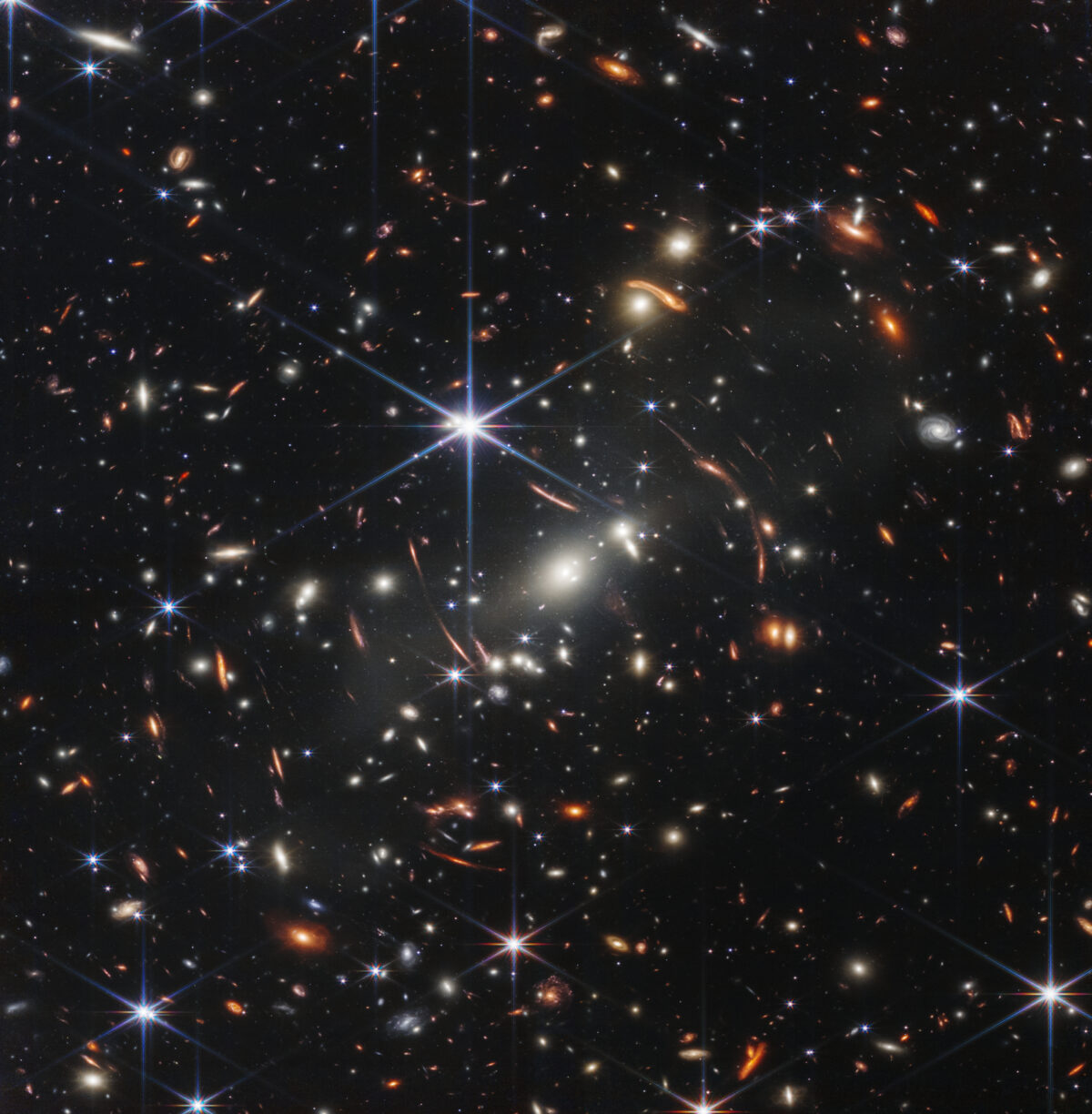
“Space is big. You just won’t believe how vastly, hugely, mind-bogglingly big it is. I mean, you may think it’s a long way down the road to the chemist’s, but that’s just peanuts to space.”
— Douglas Adams, ‘The Hitchhiker’s Guide To The Galaxy
If you held up a grain of sand to the sky in the right position, it would block out the entirety of this image.
That mystery rocket debris floating around in space, which was once thought to be from Space-ex, it turns out was from China. It collided with the moon yesterday and left a crater up to 20m wide.
From The Verge story:
Originally, space trackers thought it was a leftover piece of a SpaceX Falcon 9 rocket that had launched a weather satellite back in 2015. But after careful analysis, various groups of space trackers confirmed that the rocket was likely leftover from the launch of China’s Chang’e 5-T1 mission — a flight that launched in 2014 to test out technology needed to bring samples back from the Moon. That mission, launched on a Chinese Long March 3C rocket, sent a spacecraft looping around the Moon in an attempt to see if China could send a vehicle to the Moon and then bring it back to Earth. Given the flight profile of the Chang’e 5-T1 mission and the tracking of the mystery object, astronomers are fairly certain that a chunk of the Long March 3C rocket has remained in an extremely elongated orbit around Earth ever since, only to find its way to the far side of the Moon.
The moon does a pretty good job of sweeping up space debris that’s way out there.
According to a new study led by UCL researchers, robotic third thumb use can alter brain representation of the hand.
The team trained people to use a robotic extra thumb and found they could effectively carry out dextrous tasks, like building a tower of blocks, with one hand (now with two thumbs). The researchers report in the journal Science Robotics that participants trained to use the thumb also increasingly felt like it was a part of their body.
[…]
Before and after the training, the researchers scanned participants’ brains using fMRI, while the participants were moving their fingers individually (they were not wearing the Thumb while in the scanner). The researchers found subtle but significant changes to how the hand that had been augmented with the Third Thumb (but not the other hand) was represented in the brain’s sensorimotor cortex. In our brains, each finger is represented distinctly from the others; among the study participants, the brain activity pattern corresponding to each individual finger became more similar (less distinct).
A week later, some of the participants were scanned again, and the changes in their brain’s hand area had subsided, suggesting the changes might not be long-term, although more research is needed to confirm this.
It wpuld be interesting to see if such a device actually made everyday life easier.
My brother-in-law has a security camera mounted on his house in Saskatoon, Saskatchewan that caught a few seconds of this meteor flying over Canada yesterday.
People all over Alberta and Saskatchewan are reporting their experiences catching glimpses of the celestial boulder.
Schröder stairs is an optical illusion of a set of stairs which may be perceived either as leading from left to right downwards or the same staircase only turned upside down.
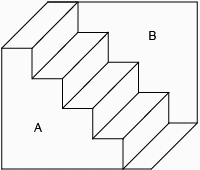
Mathematician Kokichi Sugihara took the Schröder staircase concept, figured out how to make it in 3D, and won the Neural Correlate Society’s Illusion of the Year Award for 2020.
(via Coolhunting)
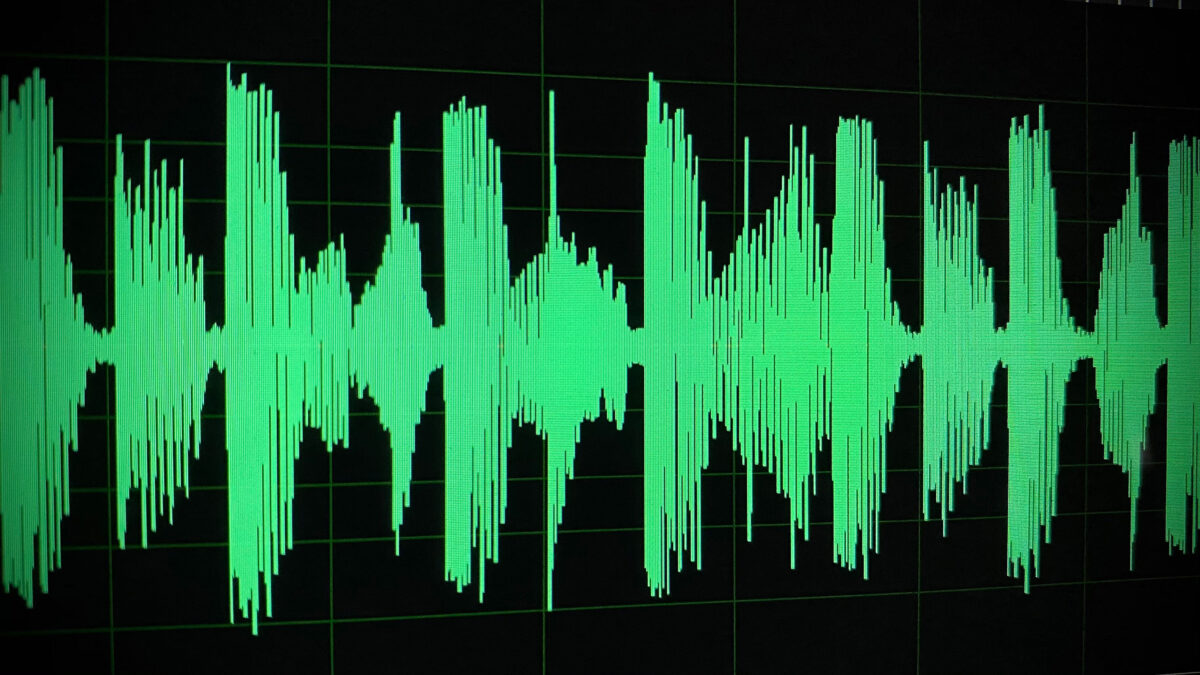
Recently a Tik-tok video has been making the rounds that highlights a phenomena called the McGurk effect.
From Wikipedia:
“The McGurk effect is a perceptual phenomenon that demonstrates an interaction between hearing and vision in speech perception. The illusion occurs when the auditory component of one sound is paired with the visual component of another sound, leading to the perception of a third sound.”
It stands to reason that this is what is happening when one is primed to listen to the backwards “backmasking lyrics” like the ones on my backmasking page.
How many of these can you hear?
And here’s the explainer video put out by the BBC.
(via ATP)
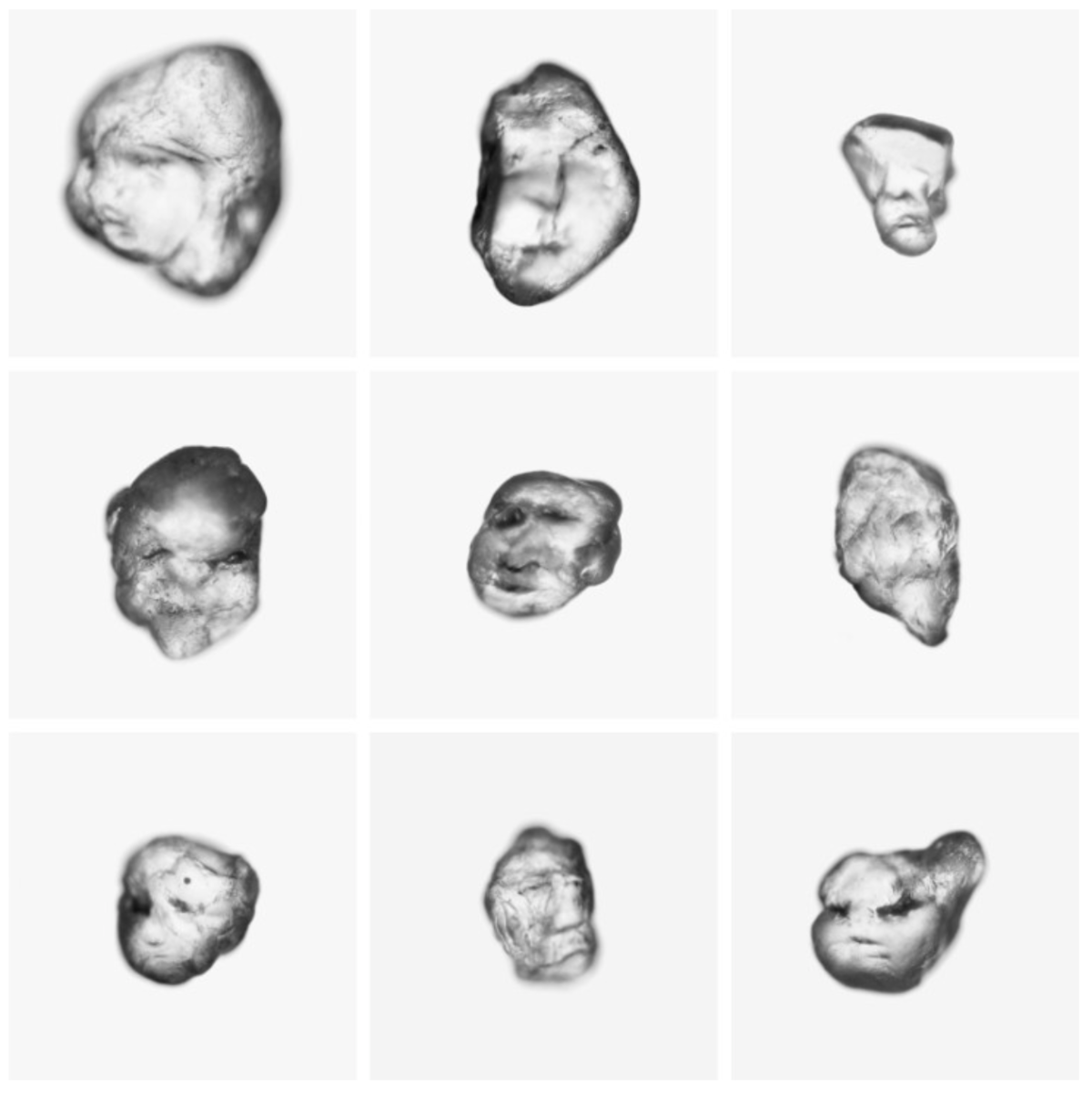
I came across a site tonight that hits on a lot of my interests. It’s got a nice mixture of art, technology, with just a hint of psychology.
I’ve been interested in pareidolia since I first learned about it years ago. It is, as wikipedia defines it, “the tendency for incorrect perception of a stimulus as an object, pattern or meaning known to the observer, such as seeing shapes in clouds, seeing faces in inanimate objects or abstract patterns, or hearing hidden messages in music.”
In this particular case, the objects are grains of sand and the incorrect perception is that they look like faces.
In the artwork Pareidolia* facial detection is applied to grains of sand. A fully automated robot search engine examines the grains of sand in situ. When the machine finds a face in one of the grains, the portrait is photographed and displayed on a large screen.
Check out Pareidolia, face detection on grains of sand.
(via Waxy)

In December, the United States announced a new branch of the military, The Space Force. Today they released the logo for the new service and a lot of people are talking about how it looks like the logo from StarFleet.
President Trump appeared to unveil the new US Space Force logo — and it bears an uncanny resemblance to the "Star Trek" insignia https://t.co/XXb6HSkKmV pic.twitter.com/RNrymkfj8N
— CNN Politics (@CNNPolitics) January 25, 2020
I did a quick search and as much as it tickles my biases to make fun of the logo, it’s fair to say Star Trek copied real life space organizations rather than the other way around.
This collection of Star Trek logos shows that Trek did a bit of borrowing from NASA and the United Nations.
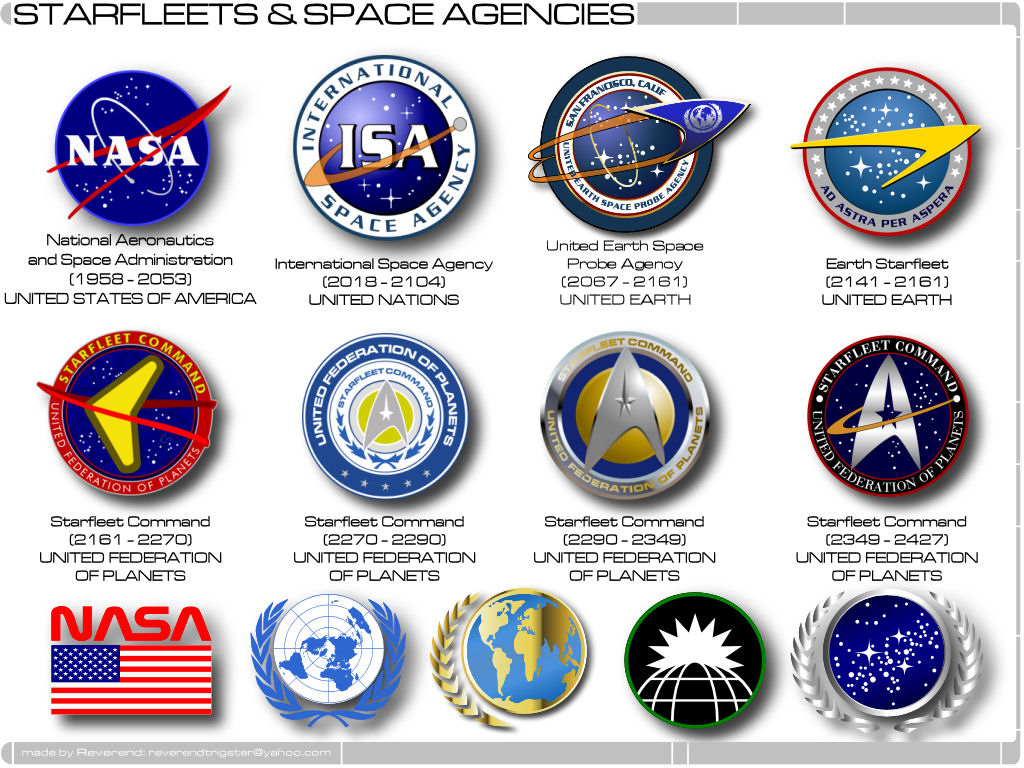

Before the holidays, NASA put out an announcement for plans to go back to the moon. The plan is pretty extensive:
With the Artemis program, NASA will land the first woman and next man on the Moon by 2024, using innovative technologies to explore more of the lunar surface than ever before. We will collaborate with our commercial and international partners and establish sustainable exploration by 2028. Then, we will use what we learn on and around the Moon to take the next giant leap — sending astronauts to Mars.
Instead of the way previous missions were completed, with one rocket taking up a single lander, NASA plans to setup infrastructure in the form of a small space station orbiting the Moon which can dock with incoming ships and guide them a gentle landing just about anywhere on the surface. This will make travelling to the moon much cheaper and sets the stage for how it will be done if (when?) mankind starts going to Mars. More details about the Artemis Mission on NASA’s website.